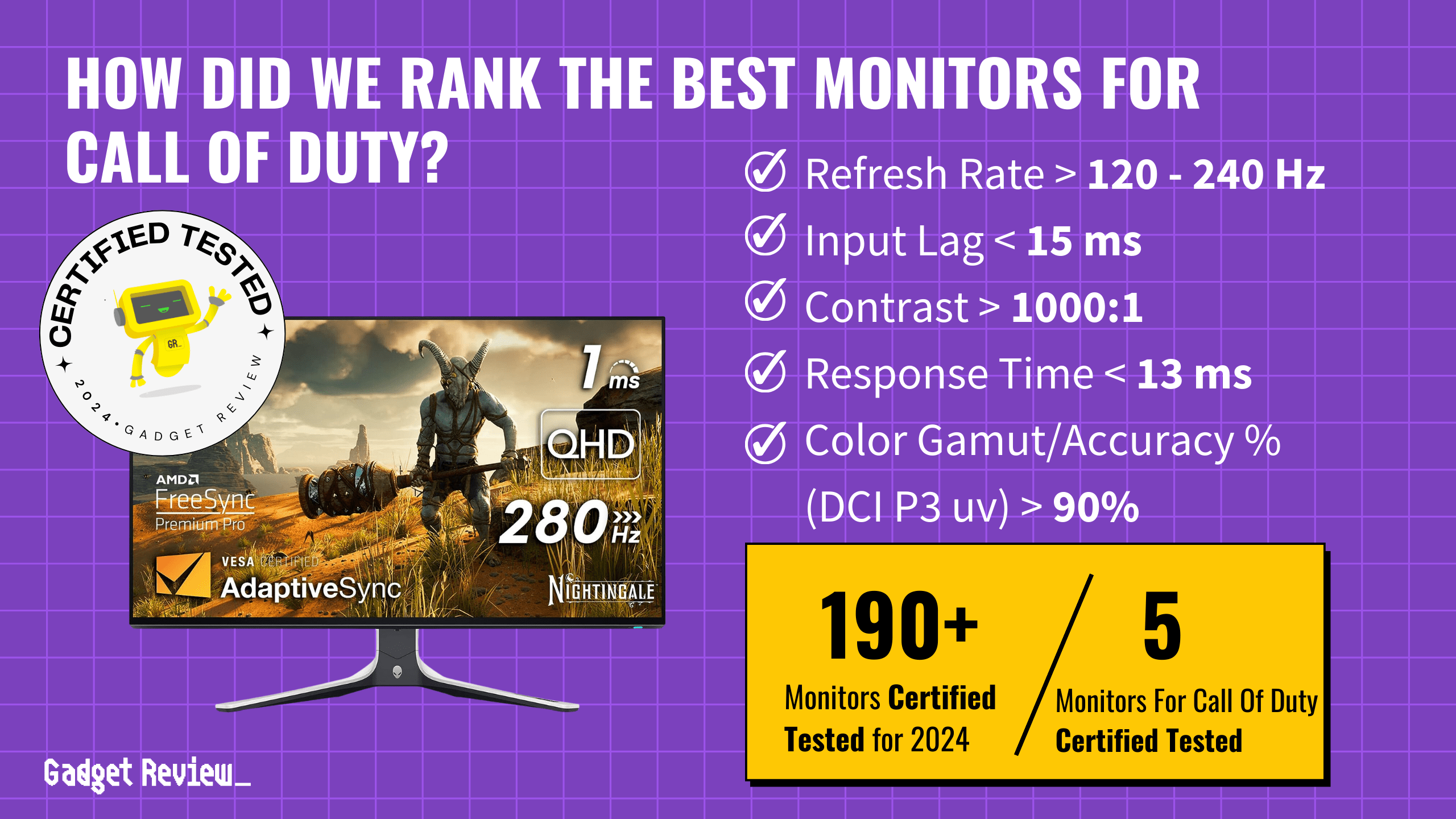If you are shopping around for a new screen, you may be wondering one thing. What’s the difference between gaming monitors 144Hz vs 75Hz. You’ll find the best gaming monitors with both of these specs, after all. Keep reading to find out.
Key Takeaways_
- When you see terms such as 144Hz and 75Hz in the specifications of a gaming monitor, it refers to the rate of refresh.
- The refresh rate indicates how many times per second a screen can refresh itself, which impacts frame rates.
- A refresh rate of 144Hz will result in smoother gameplay and less lag when compared to a 75Hz refresh rate, though monitors with a higher refresh rate will be more expensive.
Differences Between Gaming Monitors with 144Hz and 75Hz
The primary difference is the refresh rate. A 144Hz gaming monitor refreshes its screen 144 times per second, whereas a high-end 75Hz gaming monitor refreshes its screen 75 times per second. As a result, gameplay should appear smoother when using a 144Hz monitor, though not as stark when considering gaming monitors with 144Hz vs 60Hz. There are also other differences between the two types to consider.
Lag During Gameplay
144Hz monitors have the edge here, thanks to some simple math. A 144Hz monitor takes around 6.94ms to draw and show a frame, but a 75Hz monitor takes around 13.33ms to complete the same action and a 60Hz monitor will take even longer. For every frame received, a 144Hz monitor takes comparatively less time to draw it. With that in mind, you should experience less lag during gameplay when using a gaming monitor with a refresh rate of 144Hz. You’ll have less lag with a leading 120Hz gaming monitor, but not as quickly as 144Hz. Though it is important to note that there are other factors that could impact lag, such as your graphics card, your control method, your CPU, and more.
STAT: In the fourth quarter of 2020, 39.24 million PC monitor units were shipped worldwide, an increase from the 33.58 million units that were shipped during the same quarter of 2019 – an increase of nearly 17 percent. (source)
Cost
A high refresh rate is an advanced spec and will cause the cost to creep up. In other words, monitors with a 144Hz refresh rate tend to be more expensive than those with a 75Hz rate of refresh. This is due not just to the aforementioned rating, but the fact that monitors with a 144Hz refresh rate also tend to include other advanced specifications, such as a 4K resolution, the ability to integrate with modern graphics cards, and a faster response time. If you are a casual gamer who does not play online, a 75Hz monitor might be your best bet, as doling out the extra cash for a higher refresh rate may be overkill. Though if you want a competitive advantage with competitive games, go with 144Hz, as your reaction time will be improved.
insider tip
Make sure to experiment with different graphics settings to make the most out of your display.
Compatibility with Older GPUs
Modern 144Hz monitors may not integrate with older graphics cards and GPUs, whereas monitors with a 75Hz refresh rate should have no problem. Check the specs of your computer before making a purchase.


























